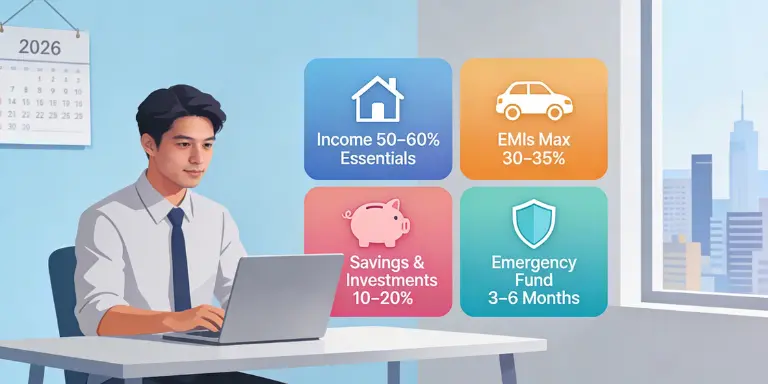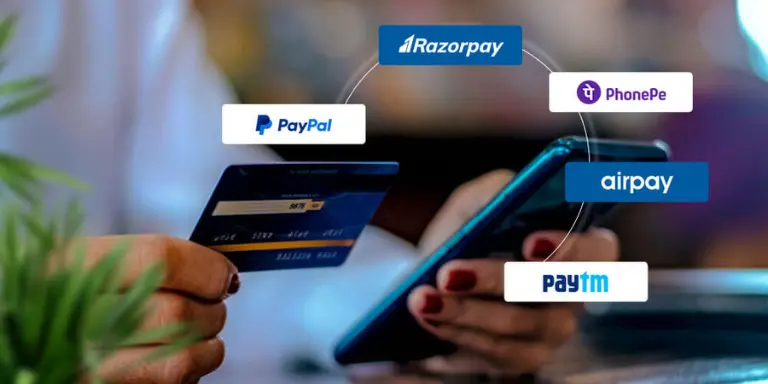The Pros and Cons of Credit Card EMIs in India (2025)

Credit card EMIs (Equated Monthly Installments) are a popular way for Indian consumers to split large purchases into smaller, manageable payments. This trend is growing fast—especially as more banks and online merchants offer instant “Pay by EMI” options on everything from gadgets to travel bookings. But are credit card EMIs always a smart choice? Let’s break down the benefits and drawbacks so you can make a well-informed decision.
What is a Credit Card EMI?
A credit card EMI allows you to convert a big purchase into smaller, fixed monthly payments over a set tenure—usually 3 to 24 months. You pay both principal and interest (unless it’s a “no-cost EMI” offer), spreading out your cash outgo instead of paying the whole amount upfront.
Example: If you buy a ₹50,000 phone on a 12-month EMI at 14% interest, you’ll pay about ₹4,583 per month rather than ₹50,000 at once.
Pros of Credit Card EMIs
- Affordability: EMIs turn high-value purchases into manageable monthly payments, making it easier to fit into your monthly budget.
- Immediate Relief: Credit card EMIs offer instant relief by reducing cash flow pressure when faced with urgent or big-ticket expenses such as medical emergencies or major appliances.
- Flexible Tenure: You can choose how long to repay—typically from 3 to 24 months. Some cards and merchants offer interest-free or discounted EMI (“no-cost EMI”) during promotions.
- Minimal Hassle: EMI conversion is quick and easy, often requiring just a few clicks (either at checkout or after purchase), and usually has lower processing fees compared to personal loans.
- Credit Score Boost: Paying EMIs on time can help improve your credit history and credit score, provided you don’t miss payments.
Cons of Credit Card EMIs
- Interest and Hidden Charges: EMI payments often come with added costs—interest rates (usually 13-24% p.a.) and processing fees. “No-cost EMIs” may hide the cost in the product price or offer lower discounts.
- No Interest-Free Period: Once you convert to EMI, the interest starts from day one—unlike regular credit card purchases, which generally come with a 45-50 day interest-free period.
- Blocks Credit Limit: The full EMI amount is blocked against your credit card limit, which restricts your available credit until you repay.
- Fees for Early Foreclosure: If you want to clear the EMI early, most banks charge a foreclosure/prepayment fee and process GST on fees and the interest component.
- Loss of Rewards: Many cards exclude EMI purchases from reward points/cashback offers, so you might miss bonus benefits compared to lump-sum purchases.
- Risk of Overspending: Easy EMIs can tempt you to buy more than you can afford, leading to a debt spiral. Defaulting on EMI payments will hit your credit score
Credit Card EMI FAQs
Is it better to use a credit card EMI or a personal loan?
For small, immediate spends, credit card EMIs may be simpler and faster. For bigger needs, a personal loan could offer lower rates, longer tenure, and higher amounts.
How does an EMI affect my credit score?
Regular and timely EMI payments help build your credit score. Delays or defaults can lower it significantly.
Comparison Table: Pros vs. Cons of Credit Card EMIs
| Pros | Cons |
|---|---|
| Affordability & flexibility Quick approval No-cost EMI promotions Boosts credit score No need for new loan application | Interest costs & fees No interest-free period Blocks card limit May lose rewards/cashback Prepayment fees Temptation to overspend |
Key Takeaways
- Credit card EMIs are best for urgent, high-value expenses and disciplined spenders.
- Beware of interest rates, processing fees, and loss of credit limit.
- Use for planned purchases—avoid for impulsive buys.
- Compare with other credit options (like personal loans).
- Always read the fine print before opting into EMIs.
For the latest RBI rules on credit products and transparency guidelines, visit RBI’s official site.
Visit More Information : Emi calculator
Subscribe to our newsletter
Get the latest financial tips and calculator updates delivered straight to your inbox.


